Table of content
Cooking shrimp deliciously and nutritiously is an art that combines flavor, texture, and nutritional value. Shrimp, being a versatile ingredient, can be prepared in numerous ways, from grilled and baked to sautéed and stir-fried. However, achieving the perfect balance of taste and nutrition requires attention to detail and a good understanding of cooking techniques. This comprehensive guide will walk you through the steps to cook shrimp in a way that not only tantalizes your taste buds but also ensures you get the most nutritional benefits from this delicious seafood.
Understanding Shrimp Nutrition
Before diving into the cooking process, it’s essential to understand the nutritional profile of shrimp. Shrimp is a low-fat, high-protein food that is rich in essential nutrients such as vitamins, minerals, and antioxidants. It is an excellent source of:
- Protein: Shrimp contains high-quality protein, which is essential for muscle repair and growth.
- Omega-3 Fatty Acids: These healthy fats are beneficial for heart health, reducing inflammation, and supporting brain function.
- Vitamins: Shrimp is rich in vitamins such as B12, which is crucial for red blood cell formation and nervous system function, and vitamin D, which aids in calcium absorption and bone health.
- Minerals: It provides essential minerals like selenium, zinc, and iodine, which play vital roles in immune function, thyroid health, and antioxidant protection.
Selecting Fresh Shrimp
The first step in cooking delicious and nutritious shrimp is selecting fresh, high-quality shrimp. Here are some tips for choosing the best shrimp:
- Appearance: Fresh shrimp should have a firm texture and a slightly translucent appearance. Avoid shrimp that looks dull or slimy.
- Smell: Fresh shrimp should have a mild, slightly sweet smell. If it smells fishy or ammonia-like, it’s a sign of spoilage.
- Source: Choose shrimp that has been sustainably caught or farmed. Look for labels such as “MSC Certified” or “Best Aquaculture Practices (BAP) Certified” to ensure responsible sourcing.
- Size: Shrimp are sold by count per pound. The smaller the number, the larger the shrimp. For example, U10 shrimp (under 10 shrimp per pound) are larger than U15 shrimp. Choose the size based on your recipe preferences.
Preparation Techniques
Once you have selected fresh shrimp, proper preparation is key to ensuring a delicious and nutritious final dish. Here are some essential preparation techniques:
- Deveining: While deveining shrimp is not strictly necessary for health reasons, it can improve the appearance and taste of your dish. Use a sharp knife or a shrimp deveiner to remove the dark intestinal tract running along the shrimp’s back.
- Peeling: Depending on your recipe, you may need to peel the shrimp. To peel shrimp, grasp the head and pull it off, then peel the shell down the length of the shrimp. You can leave the tail on for a more presentable dish.
- Cleaning: Rinse peeled shrimp under cold running water to remove any remaining shell fragments or debris. Pat them dry with paper towels to prevent splattering when cooking.
Cooking Methods
Now that your shrimp are prepared, it’s time to cook them. Here are several methods to cook shrimp deliciously and nutritiously:
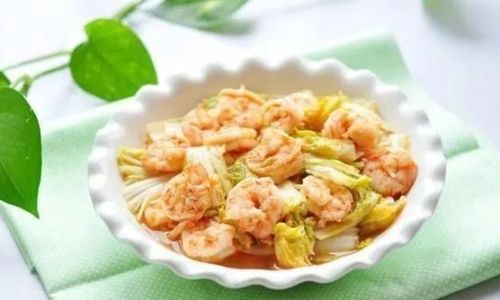
Grilling
Grilling shrimp is a quick and healthy way to cook them, retaining their natural flavors and adding a smoky char.
- Preheat: Preheat your grill to medium-high heat.
- Seasoning: Season shrimp with salt, pepper, and your favorite herbs or spices.
- Skewering: Thread shrimp onto metal or soaked wooden skewers.
- Grilling: Grill shrimp for about 2-3 minutes per side, or until they turn pink and opaque.
- Serving: Serve grilled shrimp with a fresh lemon wedge or your favorite dipping sauce.
Baking
Baking shrimp is a simple and low-fat cooking method that allows you to control the seasoning and cooking time.
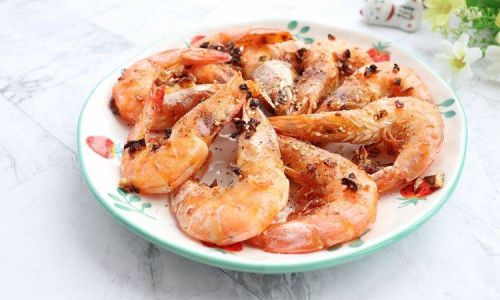
- Preheat: Preheat your oven to 400°F (200°C).
- Seasoning: Place shrimp in a single layer on a baking sheet lined with parchment paper. Season with salt, pepper, garlic powder, and parsley.
- Baking: Bake for about 8-10 minutes, or until shrimp are pink and opaque.
- Serving: Serve baked shrimp with a side of vegetables or a light salad for a balanced meal.
Sautéing
Sautéing shrimp in a small amount of oil is a quick and flavorful way to cook them. This method allows you to add aromatic vegetables and spices for a rich, complex taste.
- Heating: Heat a small amount of olive oil or butter in a skillet over medium-high heat.
- Aromatics: Add finely chopped garlic, shallots, or onions and sauté until fragrant.
- Adding Shrimp: Add shrimp to the skillet in a single layer. Season with salt and pepper.
- Cooking: Cook shrimp for about 2-3 minutes per side, or until they turn pink and opaque.
- Serving: Serve sautéed shrimp over a bed of rice, pasta, or with a side of vegetables.
Stir-Frying
Stir-frying shrimp is a great way to cook them with vegetables and sauces for a flavorful, one-dish meal.
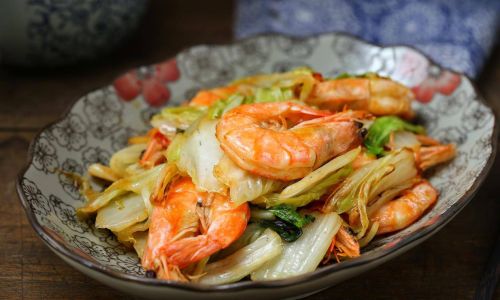
- Heating: Heat a small amount of vegetable oil in a wok or large skillet over high heat.
- Aromatics: Add minced garlic, ginger, and chopped vegetables such as bell peppers, broccoli, and snap peas. Stir-fry for about 2-3 minutes.
- Adding Shrimp: Add shrimp to the wok, stirring constantly to prevent sticking. Season with salt and pepper.
- Sauce: Pour in a stir-fry sauce made of soy sauce, oyster sauce, honey, and cornstarch slurry. Stir-fry for another 1-2 minutes until shrimp are cooked and sauce has thickened.
- Serving: Serve stir-fried shrimp immediately over steamed rice or noodles.
Creative Recipe Ideas
Now that you’ve mastered the basic cooking methods, here are some creative recipe ideas to elevate your shrimp dishes:
Lemon Garlic Butter Shrimp
- Ingredients: Shrimp, lemon juice, lemon zest, garlic, butter, salt, pepper, parsley.
- Instructions: Melt butter in a skillet over medium heat. Add minced garlic and sauté until fragrant. Add shrimp, lemon juice, zest, salt, and pepper. Cook until shrimp are pink and opaque. Garnish with chopped parsley.
Shrimp and Avocado Salad
- Ingredients: Cooked shrimp, ripe avocado, cherry tomatoes, cucumber, red onion, lime juice, olive oil, cilantro, salt, pepper.
- Instructions: In a large bowl, combine diced avocado, halved cherry tomatoes, sliced cucumber, and finely chopped red onion. Add cooked shrimp. Drizzle with lime juice and olive oil. Season with salt and pepper. Toss gently to combine. Garnish with chopped cilantro.
Shrimp and Quinoa Bowl
- Ingredients: Cooked shrimp, cooked quinoa, cherry tomatoes, cucumber, avocado, feta cheese, olive oil, lemon juice, salt, pepper, oregano.
- Instructions: In a large bowl, combine cooked quinoa, halved cherry tomatoes, sliced cucumber, diced avocado, and crumbled feta cheese. Add cooked shrimp. Drizzle with olive oil and lemon juice. Season with salt, pepper, and oregano. Toss gently to combine.
Shrimp and Asparagus Sheet Pan Dinner
- Ingredients: Shrimp, asparagus spears, olive oil, garlic powder, paprika, salt, pepper, lemon slices.
- Instructions: Preheat oven to 400°F (200°C). On a sheet pan, toss asparagus spears and shrimp with olive oil, garlic powder, paprika, salt, and pepper. Arrange in a single layer. Top with lemon slices. Bake for about 12-15 minutes, or until shrimp are pink and asparagus is tender.
Conclusion
Cooking shrimp deliciously and nutritiously is a rewarding culinary endeavor that can elevate your meals and provide essential nutrients. By selecting fresh shrimp, preparing them properly, and using a variety of cooking methods and creative recipes, you can enjoy shrimp dishes that are not only flavorful but also packed with essential vitamins, minerals, and healthy fats. Whether you prefer grilled, baked, sautéed, or stir-fried shrimp, there are endless possibilities to create delicious and nutritious dishes that will satisfy your taste buds and nourish your body. Happy cooking!

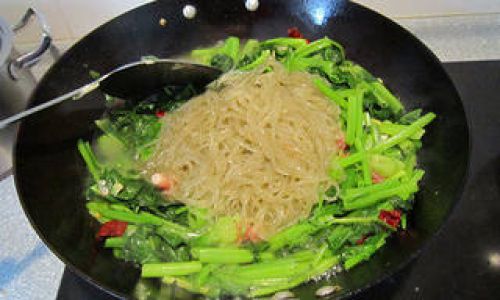
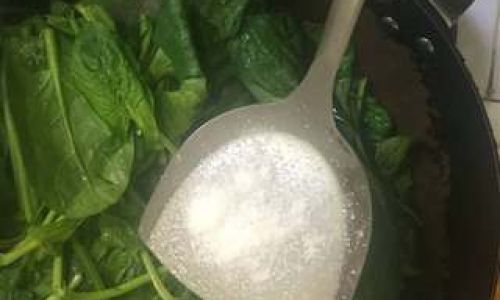


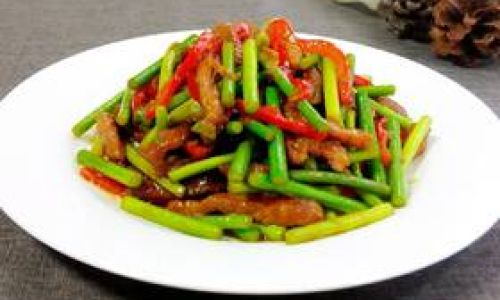
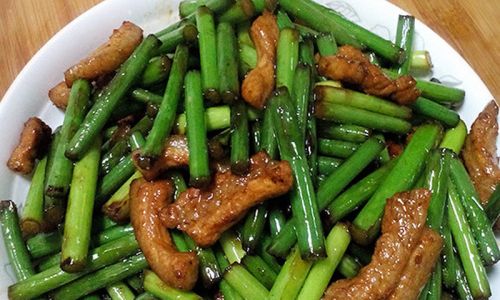
0 comments